
John in Oly, WA
-
Posts
932 -
Joined
-
Last visited
Content Type
Profiles
Forums
Articles
Gallery
Downloads
Events
Posts posted by John in Oly, WA
-
-
6 hours ago, JHCC said:
Thank God they got out, at least.
Yes indeed! Very fortunate for that. Disasters can happen so fast.
6 hours ago, JHCC said:see double and feel single.
Sounds like a country song.
 One of my favs! What a voice - https://youtu.be/2N76aB4Reuc
One of my favs! What a voice - https://youtu.be/2N76aB4Reuc
-
Good luck with all you do. I enjoyed seeing all your excellent work.
-
-
Glad to hear you're doing okay up there Frosty!
My neighbor's son and his family lived in Paradise, California. They lost everything to the fires - their house and their business. Just got out with the clothes on their backs and the car they were driving.
-
While your steel goes cold. LOL
I've heard somewhere it's a good mental exercise to read backwards text, so I guess you'd get something out of it.
-
-
Very nice. Really like the handle shape.
-
It would be difficult to put a new face on it. The face does look thin, but I wouldn't worry so much about that. If it works, it works and that's what matters. But like MC suggests, don't go sledge hammering on it and it should last a long time.
-
I would guess someone ground (milled, surfaced) the horn. I've never seen a Trenton with a flattened horn. Hopefully they just did the horn and not the face along with it.
-
Nice pattern.
-
Beautiful work, as usual!
-
I second JHCC's sentiment - Very cool!
-
Wow! Think of all the stories tied up in those anvils.
-
Great topic Glenn! I love art that moves. Creative pieces everyone. Thanks for posting.
-
That Red Devil stuff is mortar. Meant to use between firebricks for setting them. Generally doesn't hold up to direct flame contact. You want something like Kastolite 30, or Mizzou castable refractory.
As for rigidizer, or shopping for anything online, search, search and search again. I've found prices vary widely(wildly). I've found a gallon of rigidizer for $32US and the same gallon of rigidizer at another location for $102US.
Another time I was looking for a coil for my go cart. One online source had the coil, spark plug and CDI for $11US. Another source, just the same exact coil for $125US - claimed it was high performance.
-
Sounds like if you want a known steel, mild steel isn't it then.
-
So mild steel IS a mystery metal? I will keep that in mind. My apologies Steve. I just figured I had mild steel and using an electrolyte for mild steel, then that wouldn't be where the problem was. I have some 1095 and 1084. The electrolyte specifies it's for high carbon and mild steel. So I'll continue the experimenting with that.
MC - I was just looking for a bit deeper etch and then the blackening effect after.
-
No, not exactly correct Steve. I said mild steel, with A36 as a question mark only because some posters on IFI have said that it's possible when people buy mild steel, they may get A36. But what I could find about A36 designation, is it might have some manganese along with the low carbon and some minor amounts of phosphorous, sulphur or silicon. But, then mild steel can have manganese in it's composition as well, so either way, it's mild steel. When I bought it, I asked for mild steel. Is mild steel a mystery metal? Then I mentioned I used an electrolyte designated for carbon and mild steel, which is most likely appropriate for the application. I don't think that's where the problem is.
My focus is on the process, technique, amperage, maybe the circuit design itself. Thanks for relating your experience Kozzy. My investigations confirm your experience that it has to be wetter than I was keeping it. It needs to pulse the current (didn't build that in to the circuit unless the rectifier in converting the AC causes the DC to pulse), so lifting the pad every 3 seconds helps. And don't press the pad down as hard as I was doing.
I'll continue experimenting with it.
-
I put together a little electro etcher. Tried it out on some mild steel (A36?) with electrolyte specified for carbon and mild steel. The results were less than I was hoping for. I was looking for a deep etch and then blackening after. I'm wondering why the etch wasn't deeper and it didn't blacken at all. Maybe my pad was too small for the size I was etching? Not enough current? My technique needs work? Or just expecting more from the process than is realistic?
-
Probably used apples that were a bit too misty.
-
"Supreme executive power derives from a mandate from the masses, not from some farcical aquatic ceremony..."
"You can't expect to wield supreme executive power just 'cause some watery tart threw a sword at you!" -
-
Can't you use that fulcrum method to weigh it? A board with a block under it at one end and the bathroom scale on it at the other and put the anvil on the board a quarter of the distance from the block end, then (what?), read the scale and multiply by 4? I don't remember the details exactly, but something like that.
-
6 hours ago, ThomasPowers said:
"May be two different things." (Most often are...)
Funny, I thought that right after I posted it. And then thought, yeah, most likely anyway, rare would be a propane forge with forge welds.
JHCC - I would, and have, just fired them together. According to the info that came with my gallon, it develops a ceramic bond at 1600F. But then how deep will the heat of your forge penetrate the wool to 1600F? So how thick of a ceramic bond will be achieved? I don't know. And I haven't cut my forge apart to find out, so take my advice with a grain of salt (your choice what type). My scraps became rigid and bonded together sufficient to resist sluffing of fibers without any firing.
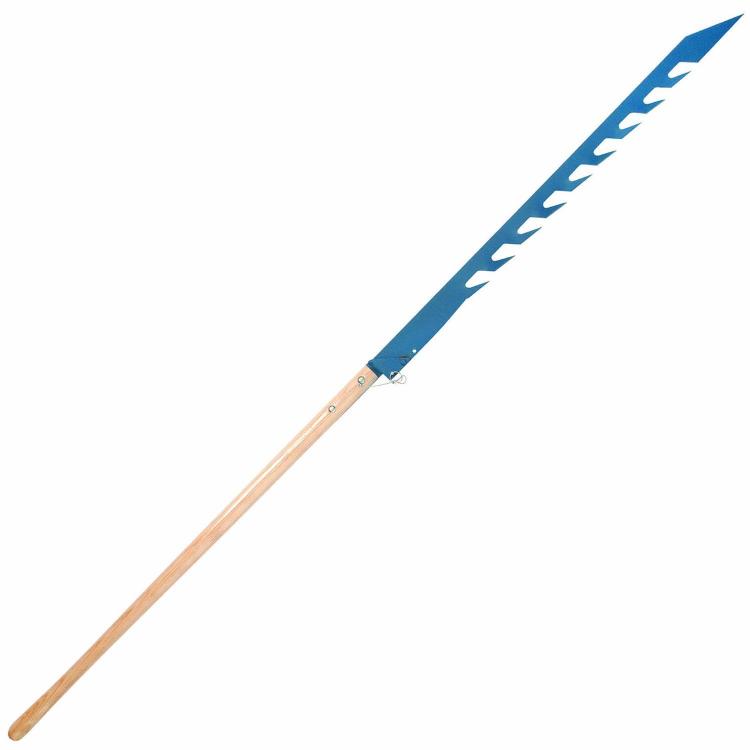

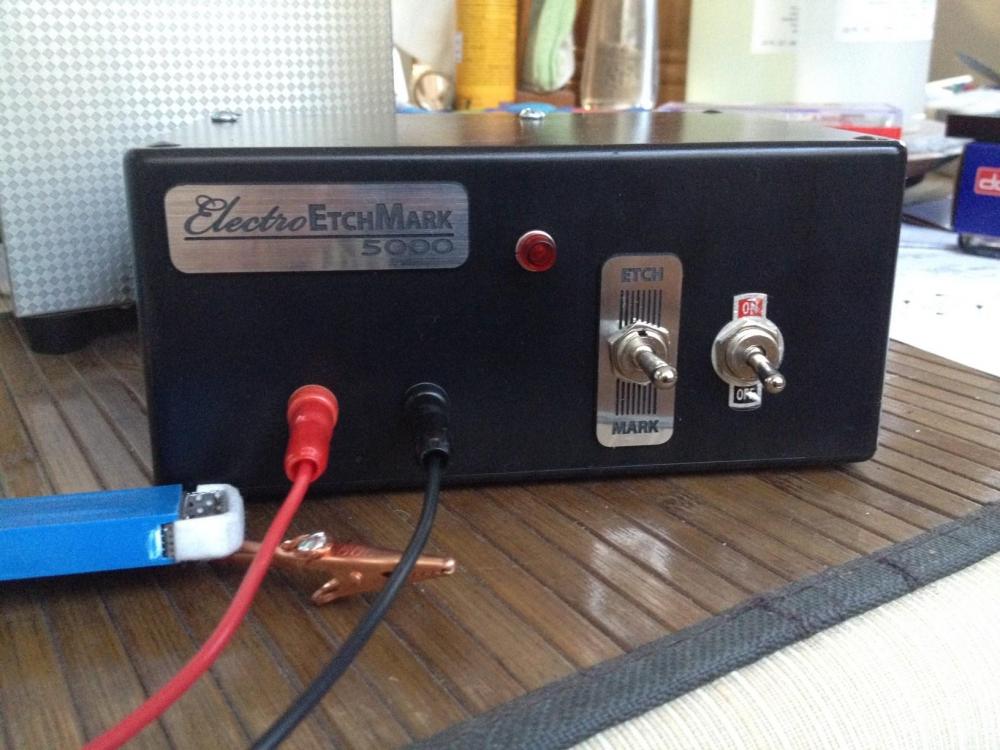
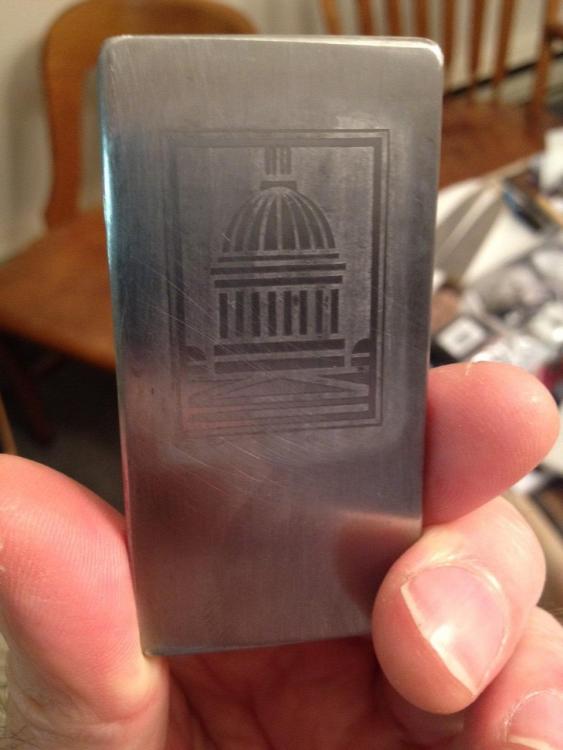
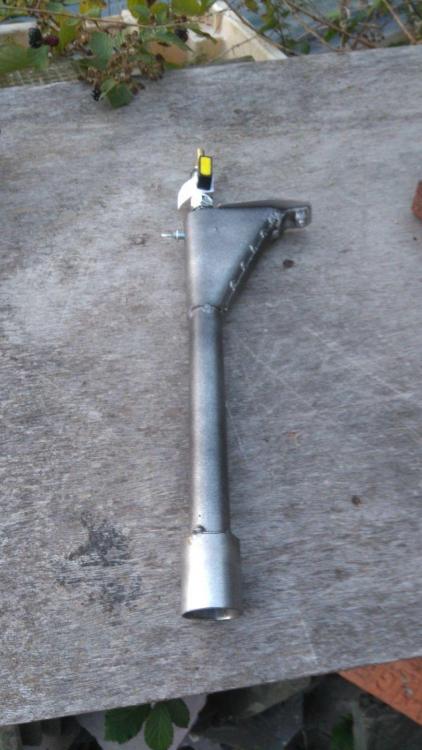

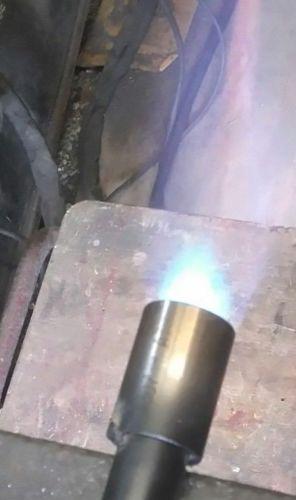
I think I’m in love...
in Axes, Hatchets, Hawks, Choppers, etc
Posted
I can sympathize with you FivePoints! Nothing more attractive than a beautiful woman who is also capable! And, well, has a nice personality too.